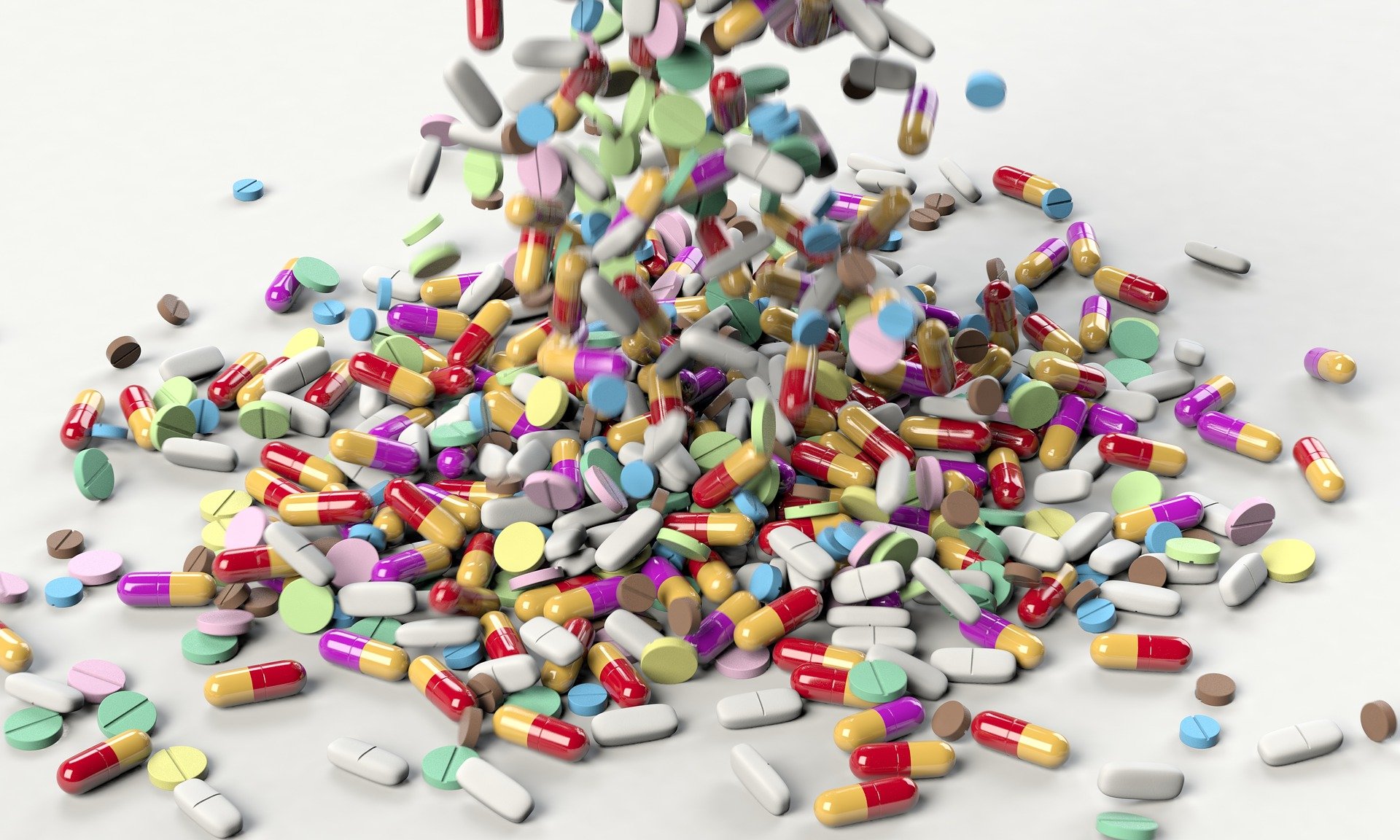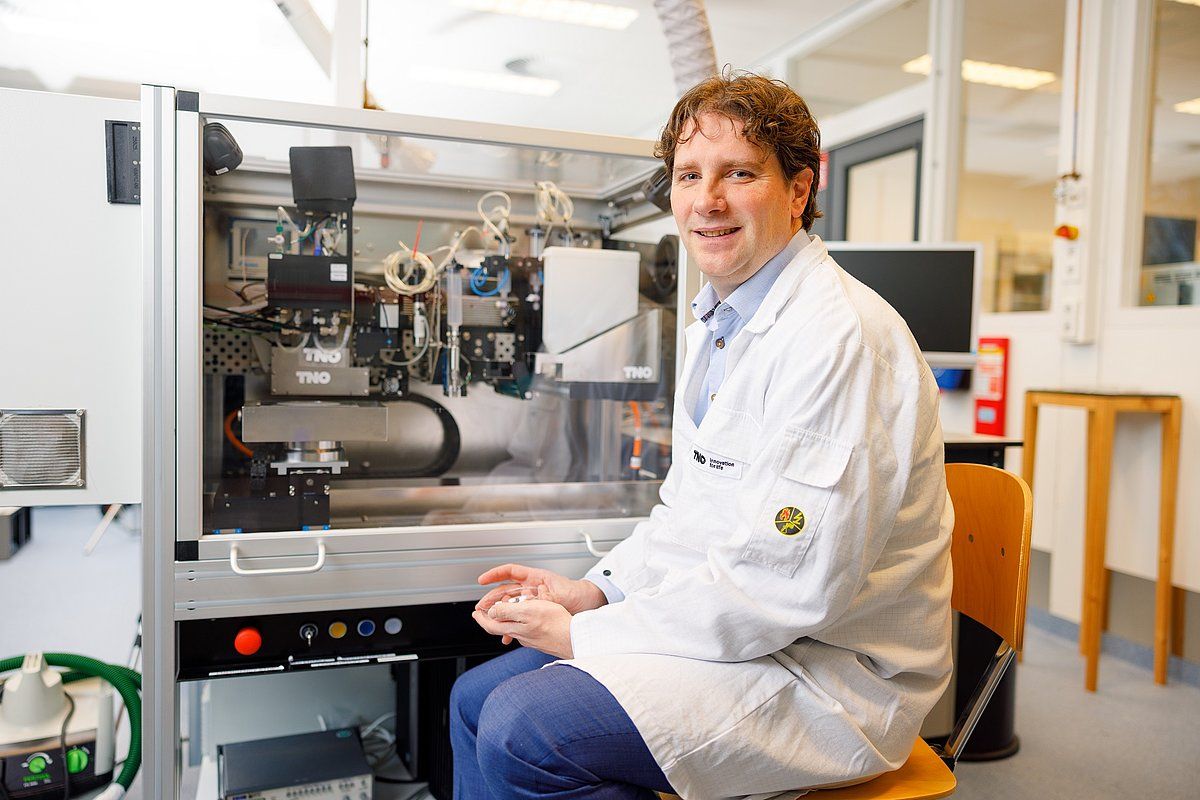
One third of patients with an infection in the intensive care unit die. Antibiotics are therefore crucial, but are they applied optimally in this group of patients? Eveline Wallenburg of the Radboudumc shows in her dissertation that intensive-care patients often receive the wrong dose of antibiotics. She developed computer models that determine the correct dosage, according to a press release from Radboudumc.
Difficult dosage
Bacterial infections are a major problem in patients admitted to the intensive care unit. As many as thirty percent of these patients die. Therefore, antibiotics are of enormous importance in the intensive care unit. However, it is crucial that patients receive the right dosage. A dosage that is too low does not resolve the infection, while a dosage that is too high can have dangerous side effects. The problem is that standard dosages are based on studies in healthy volunteers or in patients who are not admitted to the intensive care unit.
PhD candidate Eveline Wallenburg: “These individuals are incomparable to intensive care patients. For example, the kidneys of patients in the intensive care unit often function less well or too quickly.” The kidneys play a major role in the removal of drugs from the body via urine. Therefore, a change in kidney function has a major impact on blood levels of drugs, including several antibiotics. As such, intensive care patients may need adjusted dosages to ensure safety and effectiveness.
Standard dosage too low
The research in Wallenburg’s thesis is aimed at improving dosages of three commonly used antibiotics in the intensive care unit. She determined blood levels of these drugs in patients during their admission to the intensive care unit. Furthermore, she collected other information, such as age, gender, and kidney function. Wallenburg combined all these data into mathematical models.
These models revealed that the standard dosage of two of the studied antibiotics was often too low, especially in patients with augmented kidney function. Wallenburg: “For example, only a few percent of patients who received the standard dosage of one of the antibiotics had sufficiently high blood levels,” says Wallenburg. “These patients should have received a much higher dosage. The model also gives a dosage recommendation based on several patient characteristics.”

Software for the right dosage
The models are now implemented into software that is suitable for use in daily clinical practice. Will measuring blood levels no longer be necessary in the future? Wallenburg: “Measurements are also important, certainly for patients who have a very poor or highly augmented kidney function. Blood levels are also difficult to predict in patients undergoing dialysis. Nevertheless, if the kidney function is not too abnormal, our models are already sufficiently accurate to be used in daily clinical practice.”
Selected for you!
Innovation Origins is the European platform for innovation news. In addition to the many reports from our own editors in 15 European countries, we select the most important press releases from reliable sources. This way you can stay up to date on what is happening in the world of innovation. Are you or do you know an organization that should not be missing from our list of selected sources? Then report to our editorial team.
